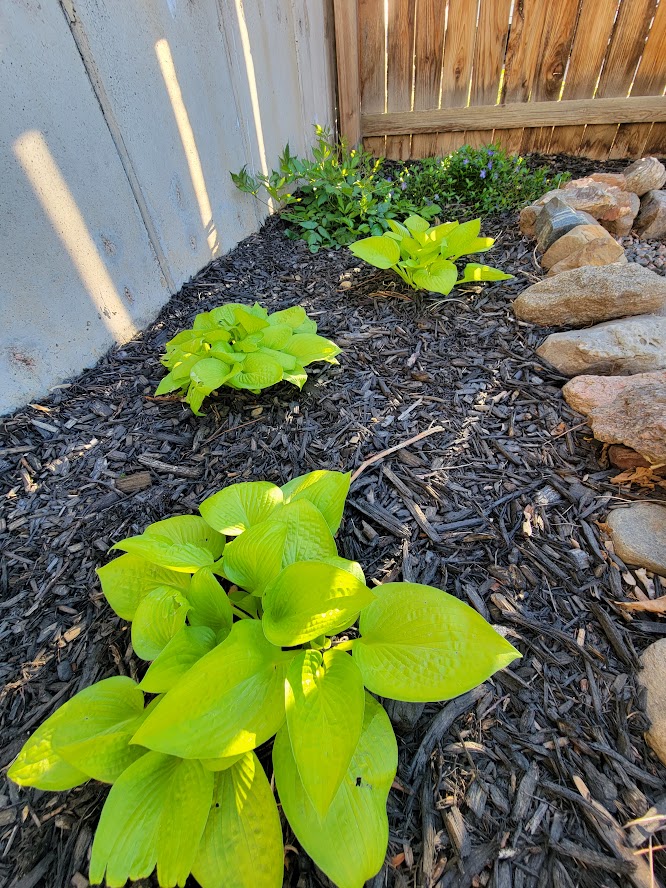

What is a hosta?
Hosta is one of the most reliable plants for shaded gardens. They’re low-maintenance plants that make few demands of the gardener. Once established, hostas provides dramatic foliage in a wide range of variegations. The leaves emerge in late spring and quickly become dominant features among other shade-loving perennials. In mid- to late-summer, the foliage supports elegant stalks of bell-shaped flowers in white or shades of lavender. White flowers usually have a sweeter scent than the lavender. These sturdy plants continue to add interest into the autumn as the impressive clumps of foliage take on the golden tones of the season.
Are hostas difficult to take care of?
Hostas can be left in place indefinitely and require little attention, so it’s wise to incorporate a generous amount of organic matter into the soil prior to planting. This improves moisture retention of the soil and encourages good root development. Plant hostas in shady or partly shaded areas, and water regularly for optimum growth. At our higher elevations, exposure to too much sun can result in scorched leaves.
What sort of hostas are good for different areas?
The enormous range of sizes and varieties allows you to pick an appropriate hosta for many garden needs. Smaller, compact varieties are perfect for grouping at the front of a bed or border, or for edging. Mid-size hostas may be planted in groups or used individually to provide contrast to an individual perennial or shrub. The larger varieties that grow to heights of four to five feet can easily stand as sentinel specimens that add a lush look to your garden.
How big do hostas get?
Some well-known hosta varieties that grow to a height of 18 to 30 inches include ‘Frances Williams’, ‘Krossa Regal’, and ‘Sum and Substance’. ‘Albo Marginata’, ‘Royal Standard’ and ‘August Moon’ grow 12 to 18 inches tall. ‘Ginko Craig’, ‘Blue Cadet’ and ‘Pearl Lake’ feature compact foliage and are useful as edging because their height doesn’t exceed 12 inches.
For more information, see the following Colorado State University Extension Fact Sheet(s).



